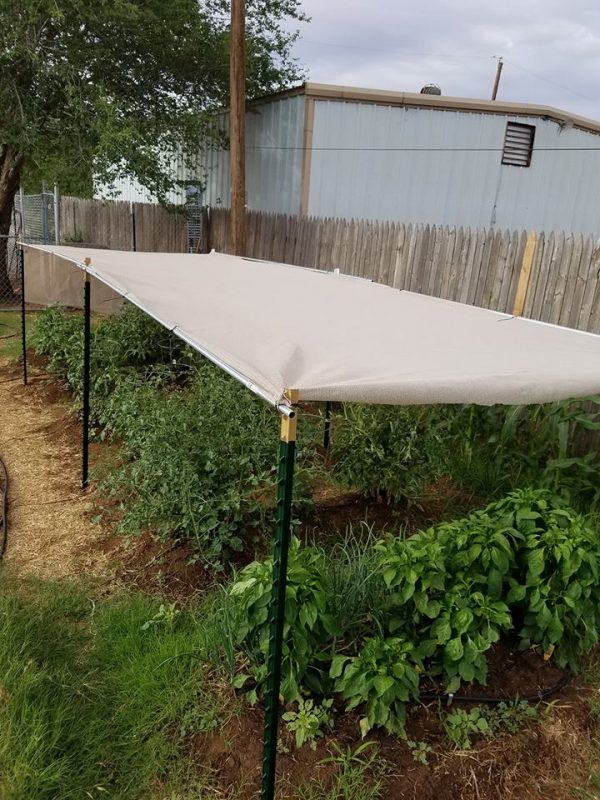How to Use Garden Shade Cloth for Tomatoes: Best Practices for Protecting Your Tomato Plants in Hot Weather
Tomatoes are a staple in many gardens, loved for their versatility and rich flavor. However, growing healthy tomato plants, especially in hot climates, can be challenging. Excessive sunlight and heat can stress your plants, leading to reduced yields and even sunburned fruit. This is where garden shade cloth for tomatoes comes into play. By providing the right amount of shade, you can protect your tomato plants from the harsh sun, ensuring they thrive throughout the growing season. In this article, we’ll explore how to use garden shade cloth effectively and why it’s a must-have for every tomato gardener.

Why Tomato Plants Need Protection from Sun
Tomato plants, while sun-loving, are not immune to the damaging effects of excessive heat. When temperatures soar above 85°F, tomato plants begin to experience stress, which can inhibit their growth and fruit production. Prolonged exposure to intense sunlight can also cause sunscald, a condition where the fruit’s skin becomes discolored and tough. This not only affects the appearance but also the taste and quality of the tomatoes. Providing shade during the hottest part of the day helps mitigate these risks, ensuring your plants remain healthy and productive.
What is Garden Shade Cloth?
Garden shade cloth is a specially designed fabric that filters sunlight, allowing just the right amount of light to reach your plants while protecting them from the harmful effects of direct sunlight. Shade cloths are available in various densities, typically ranging from 30% to 90%, depending on how much shade you want to provide. For tomato plants, a 30-50% shade cloth is often ideal as it offers enough protection without depriving the plants of essential sunlight. Using shade cloth not only prevents heat stress but also helps maintain a consistent soil temperature, which is crucial for the root health of your tomato plants.
Choosing the Best Shade Cloth for Tomatoes
When selecting a shade cloth for your tomato garden, several factors should be considered:
- Material: Opt for a UV-stabilized fabric that can withstand prolonged exposure to the sun.
- Density: For tomatoes, a 30-50% density is recommended.
- Color: Darker shades offer more protection, but lighter colors may reflect more heat, keeping the area cooler.
Some of the best options on the market include polyethylene shade cloths, known for their durability and effectiveness in filtering sunlight.
How to Use Shade Cloth for Tomato Plants
Setting up shade cloth for your tomatoes is straightforward. Begin by measuring the area you need to cover, ensuring the cloth extends over the entire plant bed. Secure the cloth using stakes or a frame, positioning it so that it provides shade during the hottest part of the day (usually between 10 AM and 4 PM). Ensure that the cloth is not too tight; allow some air circulation to prevent overheating underneath. Regularly check the setup to make adjustments as your plants grow.
Benefits of Using Shade Cloth for Tomatoes
The benefits of using shade cloth extend beyond just protecting your tomatoes from sunburn. Shade cloth helps to:
- Reduce water evaporation: Less direct sunlight means the soil retains moisture longer.
- Promote better fruit development: By preventing heat stress, your plants can focus energy on producing high-quality fruit.
- Extend the growing season: In particularly hot climates, shade cloth can help you keep your plants thriving well into the hotter months.
Conclusion
Using garden shade cloth for tomatoes is an effective way to protect your plants from the adverse effects of excessive sunlight and heat. By choosing the right shade cloth and setting it up properly, you can ensure your tomato plants stay healthy, yield more fruit, and maintain quality throughout the growing season. Don’t let the scorching sun ruin your hard work—implement these shade cloth strategies today and enjoy a bountiful harvest!

